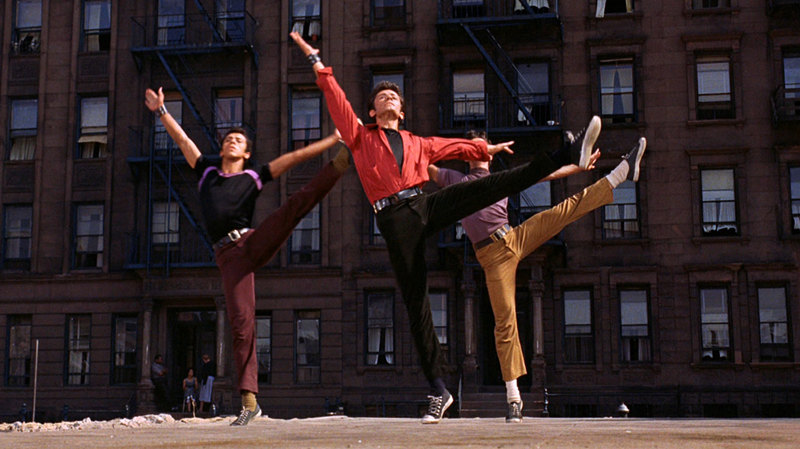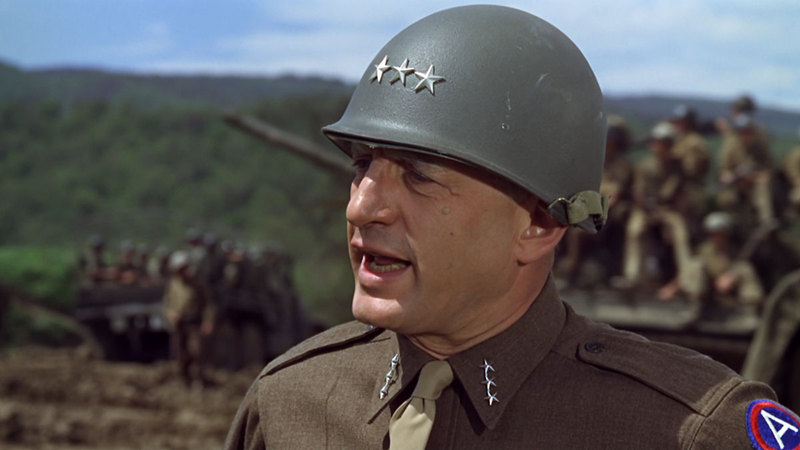I’m not here to put down James Cameron’s “Titanic” (1997). It is a well-written, well-acted soap opera that openly and honestly tugs on the viewer’s heartstrings, and its leviathan success at the box office and at the Academy shouldn’t be held against it. However, where “Titanic” functions marvelously as a love story, it leaves a lot to be desired as an actual portrayal of the most famous disaster of the 20th century. Perhaps this is why Cameron felt the need to add in the clunky framing device in which present day characters literally sit there and describe the shipwreck in detail with matching charts in a futile effort to “show, not tell.” It’s the only real macro perspective in a film that focuses almost exclusively on just one of the thousands of stories that took place aboard the RMS Titanic on April 14-15, 1912.
In his exhaustively researched 1955 book “A Night to Remember,” Walter Lord adopted a more encompassing approach to the tragedy. Collating accounts from dozens of Titanic survivors, Lord quilted together numerous anecdotal patches, using the surprising details that emerged to construct the story in a bottoms-up manner that reminded readers that, from the point of view of each of the more than two thousand people on the Titanic that night, everyone was the main character.
British producer William MacQuitty was so enamored of the book that he secured the rights and brought the project to the Rank Organisation who, after a little arm-twisting, funded what turned out to be one the most elaborate and successful British productions of the 1950s. The accomplished novelist and screenwriter Eric Ambler adapted Lord’s kaleidoscopic tale for the screen which required much chronological streamlining and the use of some composite characters, but the film, like the book, touches on the lives of a wide assortment of passengers that night and goes to great lengths to be historically accurate. Ambler also wastes no time hammering home the film’s two main themes: technological hubris and class privilege. The Titanic is the “symbol of progress” and its demise marks the end of an era of perceived invincibility that would be fully put to rest by the Great War just a few years later. And the rescue of the wealthy passengers at the expense of those in steerage was the consummate manifestation of the corruption and injustice of stratified British society. MacQuitty said the Titanic’s sinking represented a death blow to the rigid class structure as well, but that’s a more questionable claim.
“A Night to Remember” was not the first film adaptation of the Titanic story, and you would think the disaster film would be an easy sell, but Lord’s narrative structure made it all but impossible for the studio to rely on its most marketable commodity: a big star. No room for Leo and Kate to shine here. Front-line talent Kenneth More was cast as the film’s closest approximation to a protagonist, Second Officer Charles Herbert Lightoller and familiar faces could be glimpsed along the way (Honor Blackman, for you Bond fans), but the ship and its well-known fate were the stars, and director Roy Ward Baker oversaw a sober production that is often viewed today as an exemplar of the docudrama format.
When the ship strikes the iceberg, there is no great panic, and the music does not begin to swell until much later as the lifeboats are laboriously winched down into the water. At first, the passengers notice nothing beyond a spilled drink. However, ship’s designer Thomas Andrews (Michael Goodliffe) instantly assesses the situation and informs Captain Smith (Laurence Naismith) quite matter-of-factly that the unsinkable Titanic (not an adjective the cruise line applied to it, mind you) has about two hours to live. And it will take the Carpathia, the nearest ship they could contact, more than four hours to arrive.
From that point on, the film follows methodically as the crew alerts the passengers (the ones who paid big bucks for fancy digs, at least) that they are needed on deck… and perhaps you should bring your life vests too, if you don’t mind, old chap. No bother, but we might all be about to die. One officer speaking to the crew sums up the stiff upper-lip tone succinctly, “Any of you feel like praying, you’d better go ahead; the rest can join me in a cup of tea.”
As we shuttle between the crew and the passengers, we touch on the surface of a handful of stories in which idle vacationers are quickly called upon to decide how they will face their last moments. As the cry “women and children first” rings out, some women decide they will not abandon their husbands; their loyalty will have to be a reward unto itself. Other passengers while away their final hour by playing another hand of cards, downing a bottle of whiskey, or playing a plaintive tune for the benefit of both those who will be rescued and those who will not.
“A Night to Remember” winds up being a sensational film that isn’t the least bit sensationalized, despite its highly exploitable subject. And if we’re denied the tearful catharsis of seeing Leo let go and sink to the icy depths, we’re left with a much more enduring and haunting feeling, the sense, simulated as it might be, of having stood witness to a spectacular tragedy that took place on a perfectly unspectacular, dead calm night.
Video:
The film is presented in its original 1.66:1 aspect ratio. According to the booklet, “the new digital transfer was created in 2K resolution on an ARRI Laser Scanner from the original 35 mm camera negative, which was restored by the Perivale Archive for ITV Studios Global Entertainment.”
“A Night to Remember” was one of Criterion’s earliest SD release (1998, Spine Number #7). That early effort seems to have been well received (I don’t own it for comparison), unlike some of Criterions’ earliest work, but it was a non-anamorphic transfer. This anamorphic 1080p update looks exceptional and doubtless represents a substantial upgrade. The film mixes in bits of archival footage in the opening sequences and those still look rough and scratchy, but the black-and-white contrast here is very rich and image detail is excellent throughout. Obviously, much of the film takes place at night, but there’s no loss of detail in any of the darker shots.
Audio:
The LPCM Mono audio track is almost flawless. I don’t know good the Perivale restoration was, but you won’t hear too many 54 year old films with such immaculate soundtracks. For a mono mix it still has a pleasing sense of depth. Optional English subtitles support the English audio.
Extras:
The film is accompanied by a feature-length commentary track by Don Lynch and Ken Marschall, the author and illustrator of “Titanic: An Illustrated History.” It was recorded in 1994.
Next up is “The Making of ‘A Night to Remember’” (1993, 58 min.), directed by Ray Johnson. The documentary features interviews with producer William MacQuitty (who saw the Titanic under construction in Belfast) and author Walter Lord. It’s a pretty workmanlike feature, but both MacQuitty and Lord are interesting interviews and some of the discussion of the production (the use of miniatures as well as real ships) is worthwhile.
Titanic survivor Eva Hart speaks about her experiences in this 1990 interview (23 min.) conducted by Ray Johnson. Hart was just old enough (seven) to remember the disaster in which her father died. Hart passed away in 1996.
“En Natt Att Minnas” is a 1962 Swedish documentary (32 min.) based on both the Lord book and the film. “The Iceberg that Sank the Titanic” is an episode from the BBC’s “Natural World” series (49 min.) but I can’t say I found it interesting enough to last past the 10 minute mark. We also get a trailer.
The commentary track and “The Making of” documentary were both included on the 1998 Criterion SD release. The other extras are new for the 2012 re-release.
The handsomely designed 20-page insert booklet features an essay by film critic Michael Sragow as well as archival photographs from the Titanic.
Film Value:
You might be surprised that “A Night to Remember” was one of Criterion’s earliest DVD releases. It may not fit into the art-house canon, but it is a splendid example of British studio filmmaking at its very best. By taking a more reserved, distanced approach, the film brings the true horrors and occasional acts of heroism of April 14-15, 1912 into sharp relief. Criterion’s new anamorphic 1080p transfer looks fantastic. The extras are a bit dry, but Titanic aficionados will still enjoy digging through them.


